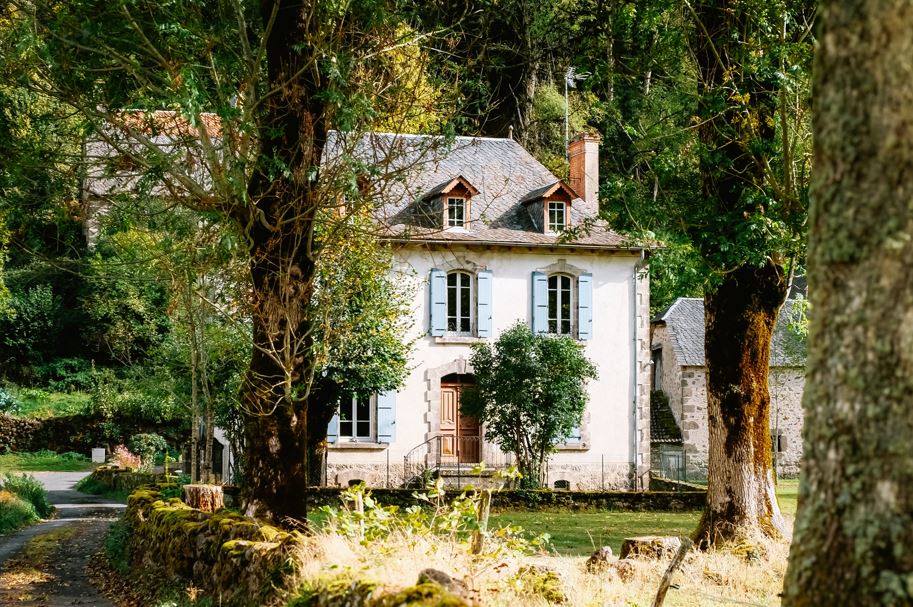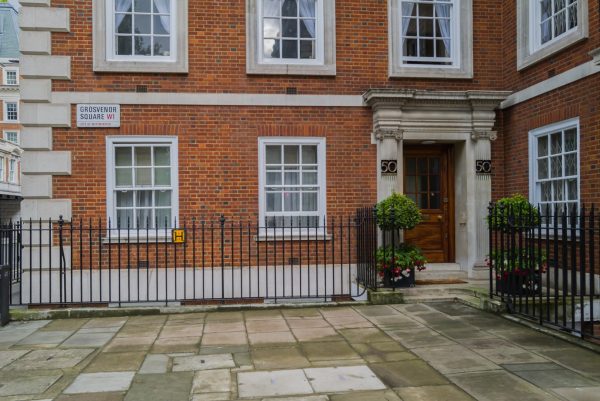Should historic or listed homes be left unoccupied?

Historic and listed homes hold a special place in our heritage and culture, showcasing architectural skills, innovations and intricacies from bygone eras.
However, these structures often face unique challenges when it comes to occupancy and maintenance.
Many property owners grapple with the question of whether to leave such buildings unoccupied or find alternative uses for them. From an insurance perspective, this decision has significant implications, and in this blog, the home insurance experts at Adrian Flux explore the pros and cons of leaving historic or listed buildings unoccupied.
What is an historic or listed building?
Historic buildings have significant architectural, cultural, or historical value due to their age, design, or associations with notable people or events.
Listed buildings, on the other hand, are structures that have been officially designated as having special architectural or historic interest. These buildings are protected by law and are classified into three categories: Grade I, Grade II*, and Grade II.
The pros of leaving historic or listed buildings unoccupied
There is much to consider when deciding if a property of this type is to be left unoccupied:
1. Preservation of heritage
One of the most compelling arguments for leaving historic or listed buildings unoccupied is the preservation of our cultural heritage. These structures often have intricate architectural details and historical significance that can be at risk if they are continuously used or modified. By keeping them unoccupied, they can be protected from the wear and tear of daily life, ensuring that they remain intact for future generations.
2. Reduced risk of damage
Historic and listed buildings are often more susceptible to damage than modern structures. Allowing them to remain unoccupied can reduce the risk of accidents, like fire or water damage, which could jeopardise their historical value. Without occupants, there is less opportunity for accidental damage or neglect to occur. Our helpful blog asks, is it a good idea to turn off the utilities in an unoccupied home?
3. Preventing unauthorised alterations
An unoccupied building is less likely to undergo unauthorised alterations or renovations, which can be detrimental to its historical or architectural integrity. Without occupants, it’s more challenging for unscrupulous individuals to make changes that compromise the building’s character.
4. Maintenance and restoration
Leaving a building unoccupied can provide the opportunity to focus on essential maintenance and restoration work. These activities can be carried out without disrupting the daily lives of occupants and can be more effectively and efficiently executed when the building is empty. Read our blog to find out how to winter-proof an unoccupied home.

The cons of leaving historic or listed buildings unoccupied
On the other hand, there are a negatives to think about when it comes to not occupying a property:
1. Deterioration
While leaving a historic building unoccupied can reduce the risk of damage from occupants, it can also lead to a different kind of risk – deterioration. Lack of regular maintenance and attention can cause a building to worsen, potentially accelerating its decline and leading to higher costs for restoration in the future.
2. Security concerns
These properties can be vulnerable to trespassing, vandalism, and theft. Squatters may also take advantage of unoccupied historic structures. Ensuring security becomes a crucial issue, and property owners may need to invest in measures like alarms, security patrols, or fencing to protect the building. We have produced a useful blog on how to protect your unoccupied home from squatters.
3. Increased insurance costs
Insurance providers often charge higher premiums for properties that are vacant. The increased risk of damage, vandalism, or burglary means that covering an unoccupied historic building can be more costly. This additional expense can be a significant drawback for property owners.
4. Missed opportunities
Unoccupied historic buildings are often missed opportunities for various uses. These buildings can be adapted for commercial, residential, or cultural purposes, generating income and breathing new life into them. An empty building may miss out on the potential for revenue generation and community engagement.
Read our useful blog revealing 12 jobs you must do before leaving your property unoccupied.
Insurance for your unoccupied historic or listed home
Whether your historic or listed home is unoccupied or not, you will want a little peace of mind with specialist insurance to keep it protected. Adrian Flux offers household insurance, including cover for high value homes for all manner of properties. Call 0800 369 8590 for a quote or book a callback at a time that suits you.






